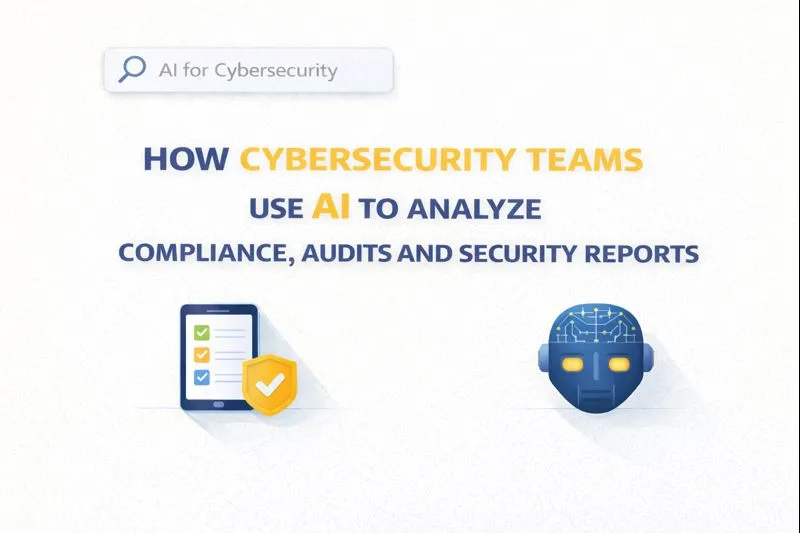The Purpose of a Lookalike Audience in Marketing
TL;DR
Understanding Lookalike Audiences: The Basics
Okay, so lookalike audiences... Ever wonder how some companies just seem to know what you want before you even do? Chances are, they're using these things.
Essentially, a lookalike audience is a group of folks who share similar traits and behaviors with your existing customers. It's like finding twins for your best buyers.
- Algorithms dig into your customer data, which includes things like demographics, interests, and online habits, to find new people who are like them. It's all about data analysis.
- The goal's simple: reach new peeps who are likely to dig your product or service, ya know, based on what your best customers are already into. (Ideal Customer Profiles (ICPs): A Complete Guide - Qualtrics) Think smarter targeting.
Imagine a healthcare provider trying to attract new patients. By analyzing the data of their current patients – demographics, health interests, even preferred communication methods – they can create a lookalike audience. This lookalike audience then helps tailor ads by identifying individuals with similar demographic profiles and expressed interests, allowing for more relevant messaging, perhaps about preventative care for those who seem interested in wellness. (Mastering Healthcare Audience Segments for Enhanced Marketing ...)
Or, consider a retail company. They can target those users that, based on their search history, are interested in sustainable products.
It's not just about finding more people; it's about finding the right people for your business. As Salesforce points out, it's a "powerful targeting technique" that helps reach potential customers who mirror your existing base.
From here, we'll dive into how to fine-tune these audiences for killer results.
The Purpose of Lookalike Audiences in Growth Hacking and B2B SaaS
Okay, so you've got these amazing customers, right? Wouldn't it be sweet to find more just like 'em? That's where lookalike audiences come in, especially if you're doing growth hacking or running a B2B saas gig. They build upon the general idea of finding similar people by focusing on how this can accelerate business growth.
- Expand your reach by finding folks who are basically clones of your best customers. It's like saying, "Hey ai, gimme more of that!"
- Target with laser precision. Instead of throwing money at a broad audience, you're focusing on people who are actually likely to convert. Think smarter, not harder.
- Scale, baby, scale! Lookalike audiences let you find new potential customers quickly.
Here's a wild idea: imagine a cybersecurity company using lookalike audiences to find businesses that resemble their current, most secure clients. They'd be targeting companies with similar infrastructure and security needs, increasing the chances of a sale.
So, how do you boost conversions and really see that roi soar? Coming up next.
Lookalike Audiences for Cybersecurity: A Unique Angle
Okay, so you're ready to take your cybersecurity marketing to the next level, huh? Good, because just blasting out generic ads isn't gonna cut it these days. Lookalike audiences? They're your secret weapon! This unique angle leverages the general principles of lookalike audiences to address the specific needs and challenges within the cybersecurity industry.
The beauty of lookalike audiences lies in its ability to pinpoint potential customers who vibe with your current clients. Think about it:
- Similar Risk Profiles: Target companies that resemble your existing clients in terms of industry, size, and attack surface. If you're doing business with small-sized businesses with less than 50 employees, target those.
- Security Needs: These audiences will likely have similar security gaps and compliance requirements. For example, if you know that companies in the healthcare industry must follow HIPAA guidelines, target those.
- Value-Driven: Find organizations that prioritize data protection and see security as an investment, not just a cost.
Once you've identified these prospects, it's time to tailor your messaging. Craft campaigns that address the specific security pain points common in their industry. Highlight solutions that fit their business size.
As blue gift digital hub notes, creating a lookalike audience can provide "valuable insights into your target audience, helping you better understand their needs, preferences, and behaviors."
Next up, we'll dive into how to really make those conversions sing.
Creating a Killer Lookalike Audience: A Step-by-Step Guide
Okay, so you're ready to create a killer lookalike audience, huh? It's not rocket science, but there's a few things you gotta keep in mind otherwise you're gonna waste your time.
First things first, you gotta figure out who exactly you want more of. I'm talking about your ideal source audience.
- Think about what makes your best customers tick, like, what they're into, where they hang out online, and how they act. Are they mostly millennials obsessed with TikTok, or are they baby boomers who still read newspapers? For example, a "super engaged" customer might be someone who has made multiple purchases, frequently interacts with your content, or has a high lifetime value. A "high-value" customer could be defined by their average order value or their propensity to refer others.
- You want to focus on the peeps who are super engaged with your brand or are bringing in the most money.
- Make sure your source audience is big enough so that Meta have something to work with. Too small, and it won't be able to find good matches. Meta recommends between 1,000 and 5,000 people.
Now for the fun part: data collection.
- You'll want to pull data from all sorts of places, like your customer list, website visitors, and email subscribers. The more data, the better.
- Double-check that your data is accurate and follows all the privacy rules, nobody wants a fine, right? This means ensuring your data is clean and free of errors, and being aware of regulations like GDPR and CCPA.
- Use a crm system to keep your data organized. This is a must.
You've got your source audience defined and your data prepped, now what? Well, up next is automating your cybersecurity marketing with GrackerAI.
Leveraging Lookalike Audiences Across Different Platforms
Okay, so you're ready to spread the word, right? But like, where do you even start? Thing is, not all platforms are created equal when it comes to lookalike audiences, so let's dive in.
- Facebook's ai is pretty powerful for creating lookalike audiences, using stuff like website visits and customer lists. It's pretty good, but there are a few things you should watch out for.
- You gotta be careful of audience overlap; you don't want the same people seeing your ads over and over, cause that's just annoying and a waste of money. also, don't forget that visual content tends to do better on instagram, so make sure your ads are eye-catching! These are indeed the primary "things to watch out for" on Facebook/Instagram regarding lookalike audiences.
- If you're in the b2b world, LinkedIn is where it's at. You can target folks based on their job title, what industry they're in, and even the size of their company, but there's a catch.
- LinkedIn ain't got as much data as facebook, so getting super precise can be tricky. This is because LinkedIn's data is primarily professional and career-focused, whereas Facebook collects a broader range of personal interests and social interactions. Still, it's worth it to target professionals who are similar to your best customers, right?
See, each platform has its strengths and weaknesses.
Combining Lookalike Audiences with Other Targeting Methods: A Power Combo
Okay, so you've got this awesome lookalike audience, right? But what if you could really dial it in? Turns out, you can! It's about combining those lookalikes with other targeting tricks.
Here's the deal: lookalike audiences are cool, but they ain't perfect on their own. By layering them with other methods, you're basically giving the ai a cheat sheet.
- Demographic Targeting: Think age, location, income—the basics. Imagine you're selling cybersecurity to small businesses. By using a lookalike audience of your existing clients, and then layering demographic targeting for "CEOs" and behavioral targeting for those in "areas with high cybercrime rates," you can narrow down to the specific group. It makes sense, right?
- Interest-Based Targeting: What are they really into? if your best clients are obsessed with cloud computing, aim for that.
- Behavioral Targeting: Actions speak louder than words, as they say. Target users who've downloaded cybersecurity reports.
It's like making a super-specific customer profile, so you can make sure your ads are hitting the right mark.
Combining these methods is like creating a super-targeted marketing missile!
Measuring and Optimizing Your Lookalike Audience Performance
Alright, so you wanna know how to make sure your lookalike audiences aren't just, well, lookalikes in name only? It's all about keepin' tabs on them.
- kpis are key: ya gotta nail down what matters most. Is it conversions, lower costs, or just getting your name out there? Pick those kpis and stick with 'em. Relevant KPIs include conversion rate of the lookalike audience compared to other audiences, cost per acquisition (CPA) for the lookalike audience, and return on ad spend (ROAS) specifically for campaigns targeting this group.
- testing, 1, 2, 3: Don't just set it and forget it! keep trying new ads, new copy, new targeting. See what sticks, and ditch what doesn't. This involves methodologies like A/B testing different ad creatives, headlines, calls-to-action, and even variations of the lookalike audience itself to identify what performs best.
- evolve or dissolve: your goals change, right? Make sure those kpis are still making sense, or you're just chasin' ghosts. When business goals shift, review your KPIs to ensure they still align. For example, if the goal moves from lead generation to direct sales, adjust your KPIs accordingly and potentially refine your lookalike audience to focus on users with higher purchase intent.




